Robert Redford died Sept. 16 at the age of 89. He formally retired from screen acting several years earlier, after headlining David Lowery’s 2018 caper “The Old Man & the Gun.” In 2019, he stepped down as the public face of the Sundance Institute. But Redford continued to serve as a producer on various TV projects in his final years, including an executive producer credit on the AMC thriller “Dark Winds.” When the series aired its Season 3 premiere in March, audiences were treated to a cameo from the star, who shared a scene with fellow executive producer George R.R. Martin and series star Zahn McClarnon. The role would mark Redford’s final screen performance.
Below, “Dark Winds” showrunner John Wirth pays tribute to Redford, remembering how the scene came together on the day.
My love of all things Robert Redford – actor, director, entrepreneur, environmentalist, icon — goes back to 1969 when, as a high school junior, I saw “Butch Cassidy and the Sundance Kid” for the first time. I couldn’t imagine then, or even a few years ago, that I would write a line of dialogue for him to say on film, let alone the last time he would appear on film. But that’s what I did last year when he and George R.R. Martin filmed a cameo for the Season 3 Premiere of “Dark Winds.”
Bob and George both had busy schedules. Finding the right day, and the right concept, had proven difficult. We’d failed to get them in the show the year before after Steven Paul Judd and I wrote a scene that had them playing “Men in Black”–type characters, dispatched by their (possibly alien) bosses to retrieve an otherworldly five-horned sheep that had been roaming the Navajo Nation and return it to the sheep’s alien uber-bosses – that is, if the sheep itself didn’t turn out to be the alien uber-boss.
If you saw Season 2 of “Dark Winds,” the sheep concept doesn’t seem so outlandish as it does here, out of context. I wanted to have fun with it, tack it onto the end of the season finale and let the audience find it, hoping it might go viral. Bob was game and told me he’d do it if George would, but George put the kibosh on it. Maybe because the writer in him recognized the whole thing was kind of hokey, possibly corny, and appearing on screen with Bob – not to mention a five-horned sheep – was just too daunting. So, we scrubbed it.
Ten months later, I was back in Santa Fe prepping Season 3. I began to hear rumors there was still interest from Bob’s and George’s camps to do a cameo on the show. They’d pinned April 2 as the date they both could do it. George was clear: neither he nor Bob wanted to say anything on camera. They just thought it would be fun if we saw them in the Navajo Tribal Police Station jail playing chess while our story played out around them.
So, on that April 2, I was sitting in my office at Camel Rock Studios outside Santa Fe where we shoot “Dark Winds” when the text hit my phone: The Eagle has landed. There had been no pre-arranged secret code for the event we’d all been waiting for that Tuesday, but I knew what those words meant: Robert Redford was here.
I walked over to the stage, found Bob and George in the makeshift green room we’d set up so they’d be close to the Navajo Tribal Police department set. When I arrived, Bob was already being fussed over by our hair and make-up team. He was, as usual, warm and friendly. His wife, Bylle; his longtime assistant, Wendy; and Tina Elmo, one of our executive producers, kept him company. George is a delightful raconteur and was in the middle of telling Bob about his favorite Redford movies, as if Bob hadn’t been in George’s favorite Redford movies. I found this quite amusing.
“The eagle had indeed landed,” I thought. And it’s brought with it my favorite actor, the prince of Western films, The Sundance Kid himself — and the greatest living writer of fantasy fiction in America. Not bad. With things seemingly under control, my two stars here, I left to go see how close we were to actually shooting the scene.
On stage my eyes landed on Jenna Elfman, the actress who would be playing an FBI agent investigating Zahn McClarnon’s character Joe Leaphorn throughout the season. It was Jenna’s first day on the show. Normally, for someone of her stature, we all show up dressed to fawn. But on this day, Bob was in the house, with George R.R. Martin, and there was not enough fawning to go around. I walked over to say hello, told Jenna what was going on and she was gracious and understanding. She said she’d do whatever I needed, which I appreciated more than she knew.
I headed back to check on Bob, and George and Tina Elmo came out of the green room looking for me. Things were taking too long to set up. “Bob’s getting antsy,” she said. “And he’s changed his mind about not wanting to say anything in the scene. He wants to say something. Something like ‘Hurry up, Gene. It’s your move.’” I said, “Okay, we can do that. But, who’s Gene?” Tina said, “That’s the name Bob wants to call George.” Fine. No problem.
As I was scribbling Bob’s dialogue on my script page, I realized if he was going to talk to George, then George would have to answer him or it would be weird. But George had been clear he didn’t want to talk on camera. Still, I felt he needed to respond, so I gave him a line. A word, really. Checkmate.
Suddenly this little cameo had evolved into a small scene, and I knew I had to get Leaphorn into it somehow or the scene would be terminally untethered from the story, and vulnerable to being cut from the episode after we’d filmed it. So, with the help of our chess consultant, I gave Zahn the line “Bishop to H5,” which he would say to George as he was contemplating his move, sending him up to win the game.
I handed the page to Tina and she went back into the green room. I went to find Zahn and Chris Eyre, the director, and told them about the changes and that we needed to shoot sooner rather than later or we risked losing Bob.
Back in the green room, Bob was rehearsing the scene with Tina and Wendy. I could see he was getting even more impatient. Bylle and Wendy assured him we were almost ready. I feared we weren’t ready enough as Bob looked up at me and said “Who’s Gene?” I wish I could tell you that didn’t make my sphincter tighten. The man doesn’t suffer fools and there I stood, feeling like one.
I scrambled, explaining that Gene was the name I thought he wanted to call George in the scene. He asked me why he wouldn’t just call George by his name. “Good idea,” I said. “Why don’t you be Bob and George be George.” He liked that but still couldn’t get the line out. He said, “I’m just going to say, George, the whole world’s waiting. Make a move.” “Perfect,” I said, as the assistant director came in and saved the day by announcing the set was ready.
Bob and George took their places — Bob in one cell, George in the other, the chess board on a small table between them. George had to put his hands through the bars to move the pieces. Cinematically it was cool looking, but it proved to be awkward. We considered moving the two guys into one cell but then with a minor adjustment to the table’s position, the action worked as planned. Everything was set.
Chris explained to the guys how he planned to shoot the scene and they rehearsed it a few times. George had fun saying ‘checkmate’ thirteen different ways. Bob sounded exactly like Bob sounds in all his movies – resonant and beautiful. I began to relax a little, feeling like all the work that had gone into this had been worth it. But after three or four busted takes, things weren’t getting any less tense, and Bob looked frustrated.
Then, something happened. Something extraordinary. Bob sat up, centered himself, and right before our eyes became what Robert Redford had always been in front of the camera – perfect. The next few takes were just that. At the age of 88 Robert Redford still had it — his star power was intact, and no one could take their eyes off him.
We went into coverage – the close-ups. I looked at the frame through the monitor and Bob looked wonderful. His delivery was spot on. “George, the whole world’s waiting. Make a move.” Then he looked up at Zahn standing outside the cell as he said his line to George, “Bishop to H5.” George did a wonderful bit of acting, made the move and said “Checkmate.”
We would’ve wrapped the whole thing right there if Bob hadn’t said, “Wait a minute. So, George makes his move, says checkmate. That means I lose. I’m a loser.” I looked at Tina and could see she was thinking the same thing I was – Robert Redford is not a loser. I said to Bob, “Toss it off. Just give Zahn a look, let him know you’re in on the joke.” Bob smiled – that smile – and seemed to like the idea. On the next take, he tried it. We did it again and he threw in that Redford double-take I’ve seen him do in movies then ad-libbed the last line he’d ever say on film, “Thanks a lot.” Chris Eyre called, “Cut. Check it,” and we were done.
I thanked Bob and George for coming, thanked everyone for their efforts in making this happen. As Bob was leaving, Tina told me he wanted me to come to the house to talk him through the season when I came back to Santa Fe in a few weeks. I was excited by the prospect, but we never did have that meeting. I did communicate with Bob about the cut, made a few small changes for him, and was glad he seemed pleased with it. I know I was. RIP, Bob.

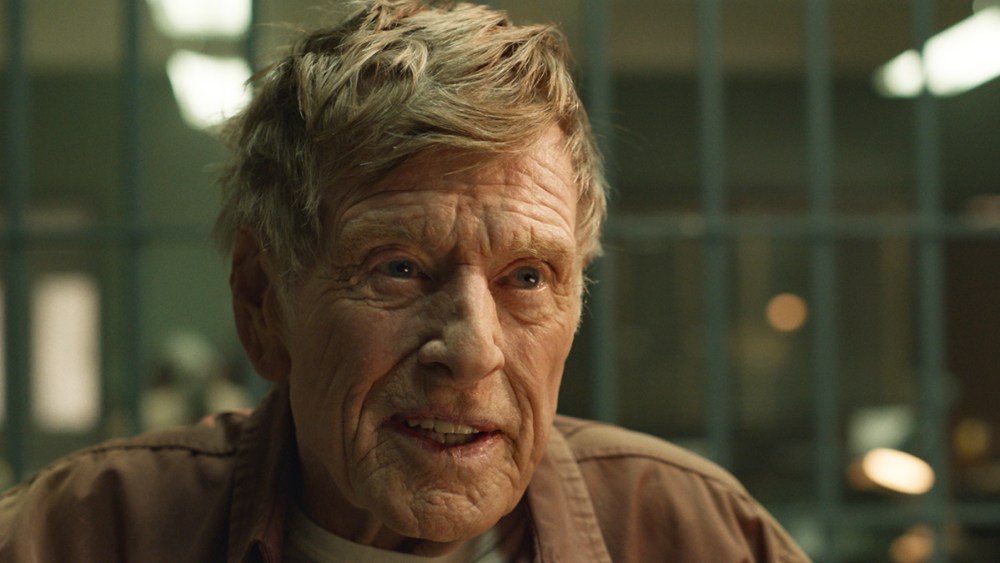
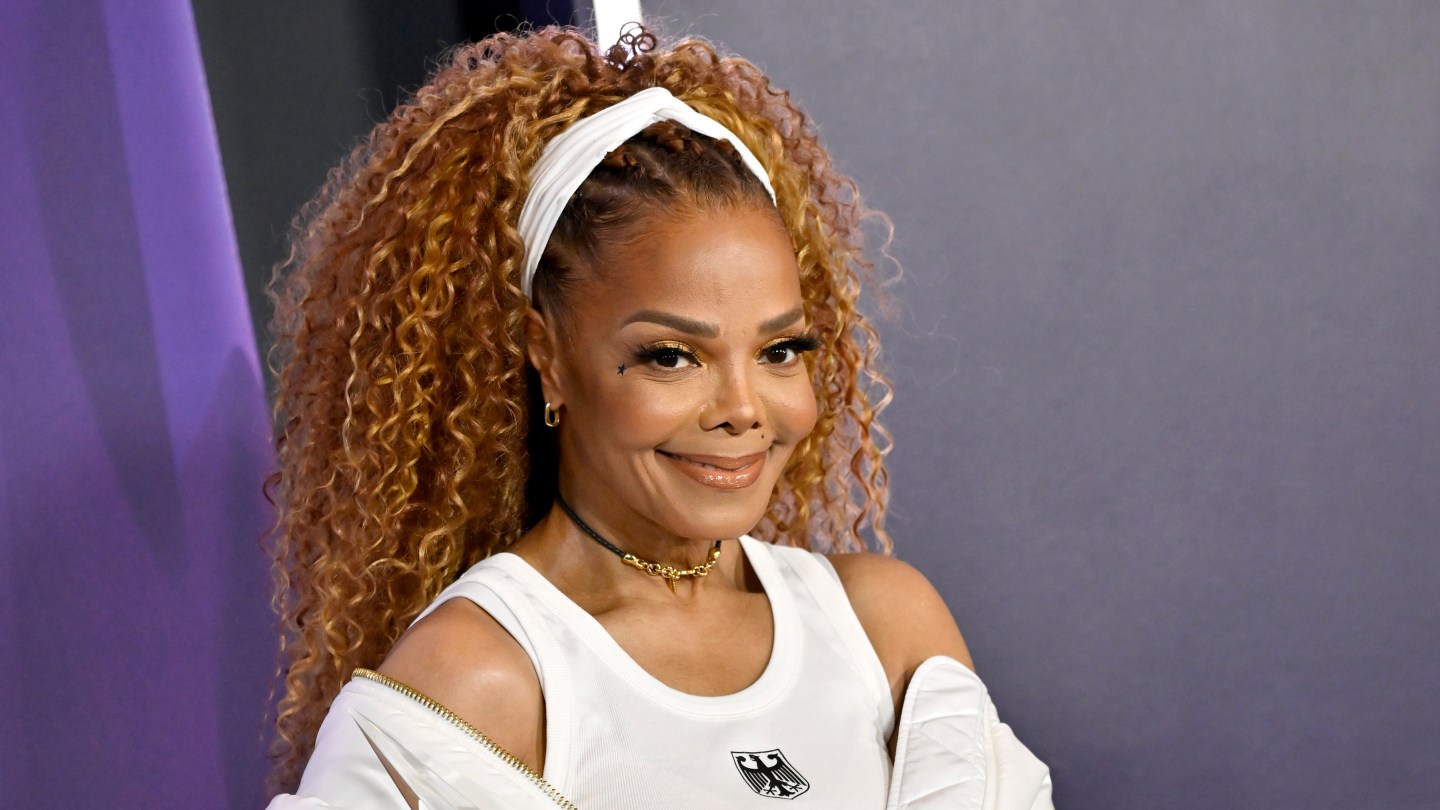
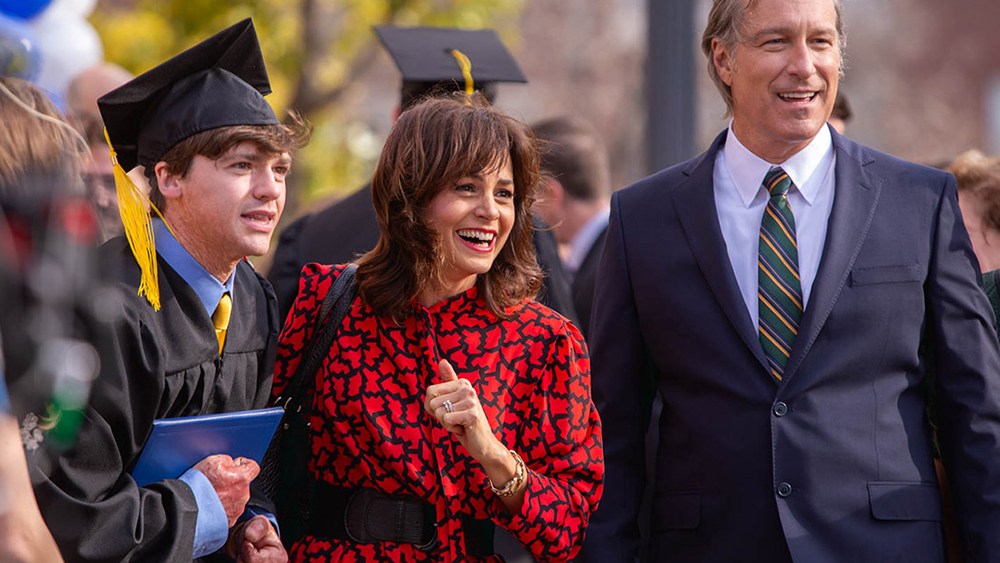
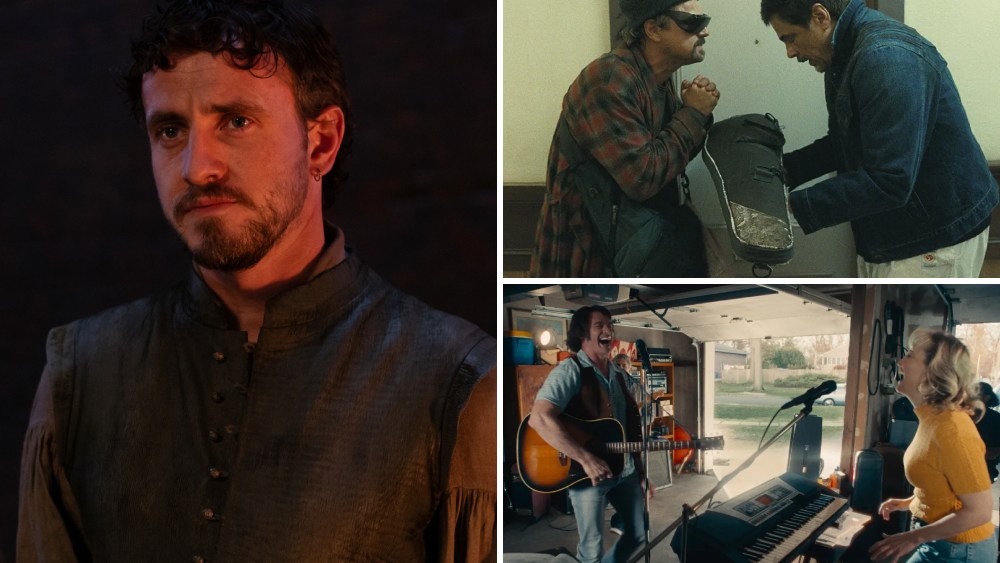
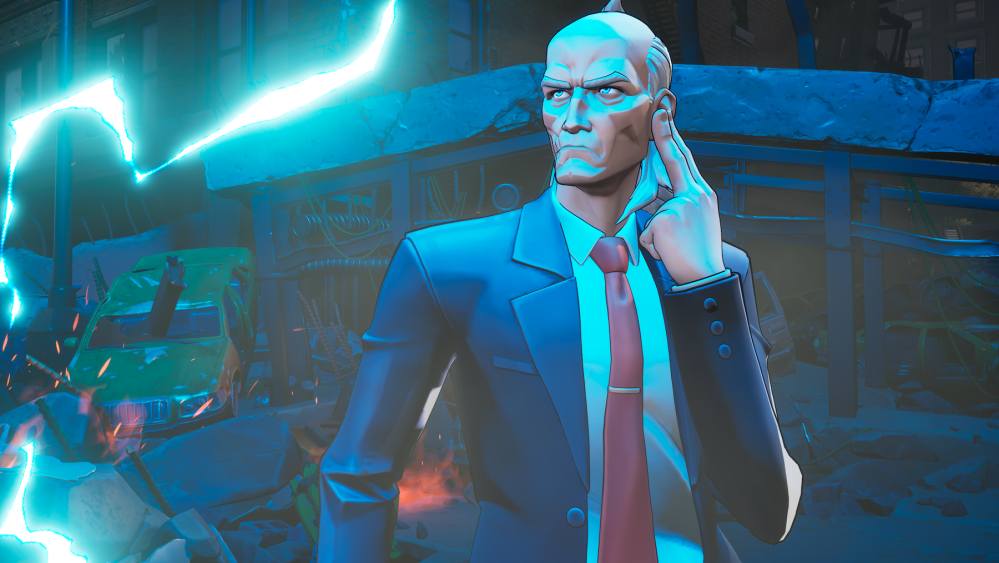
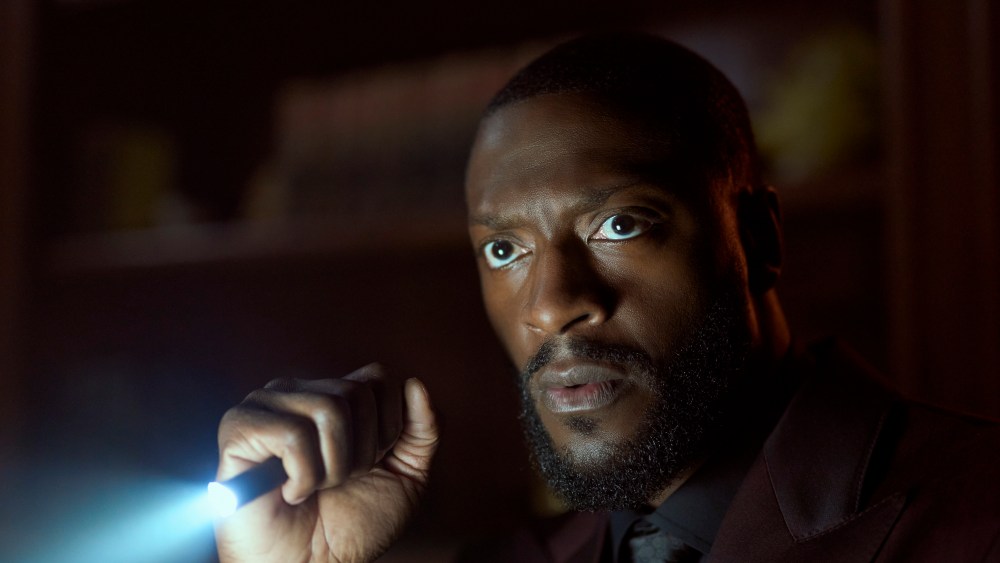
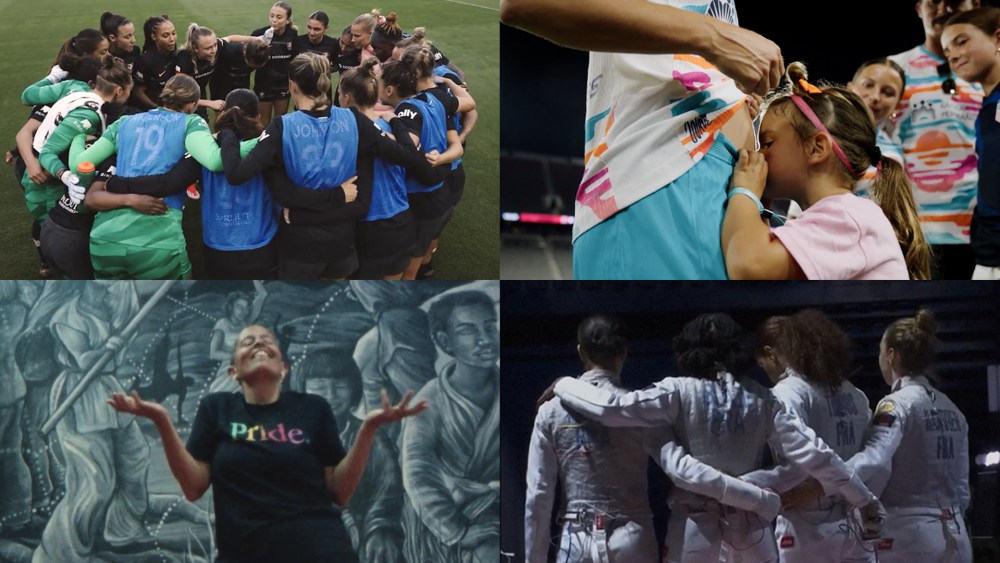
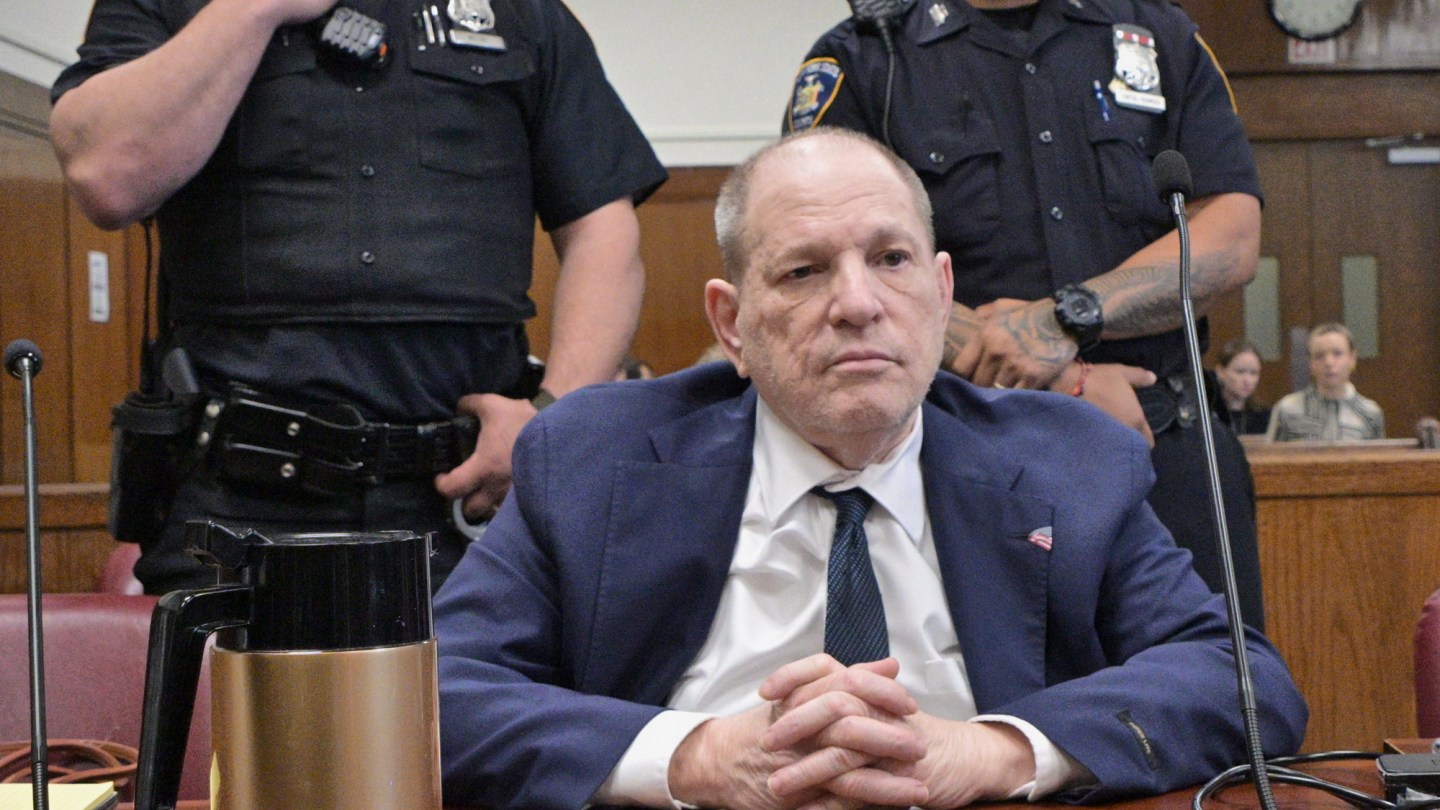
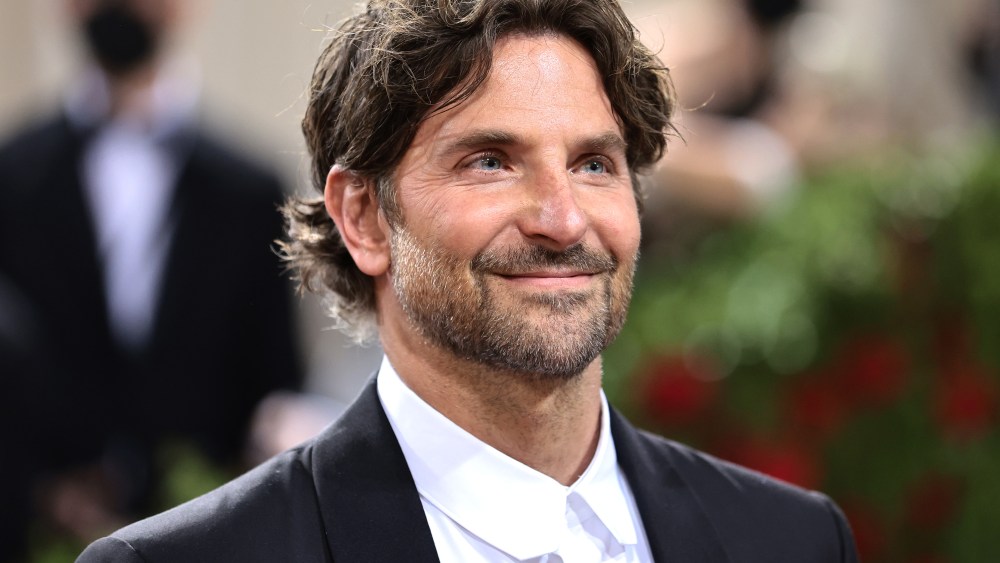
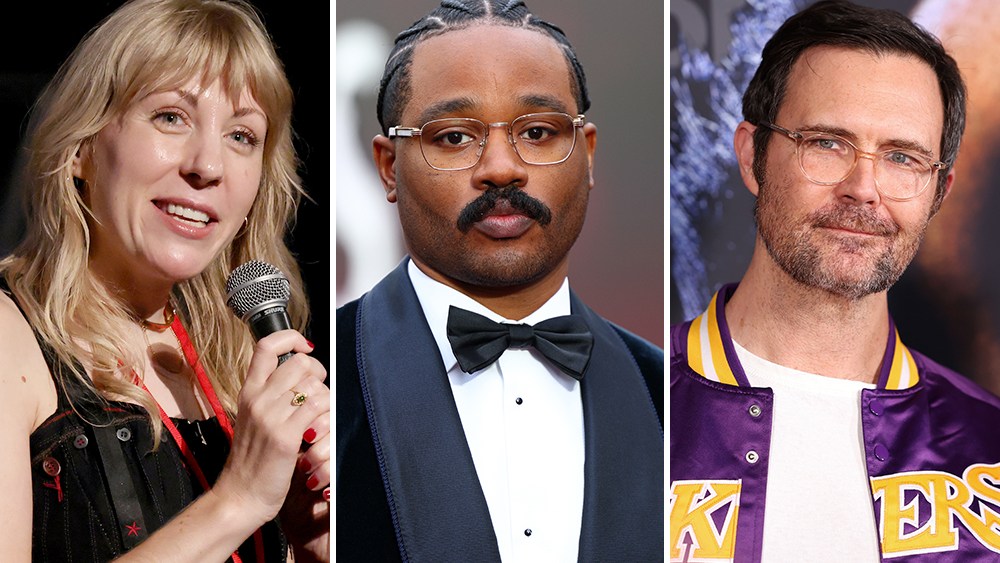
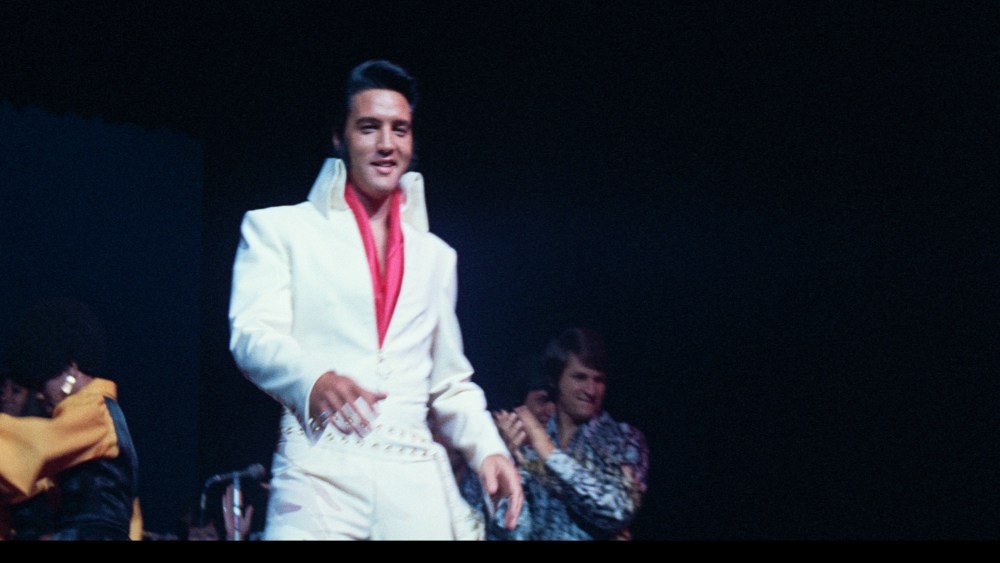
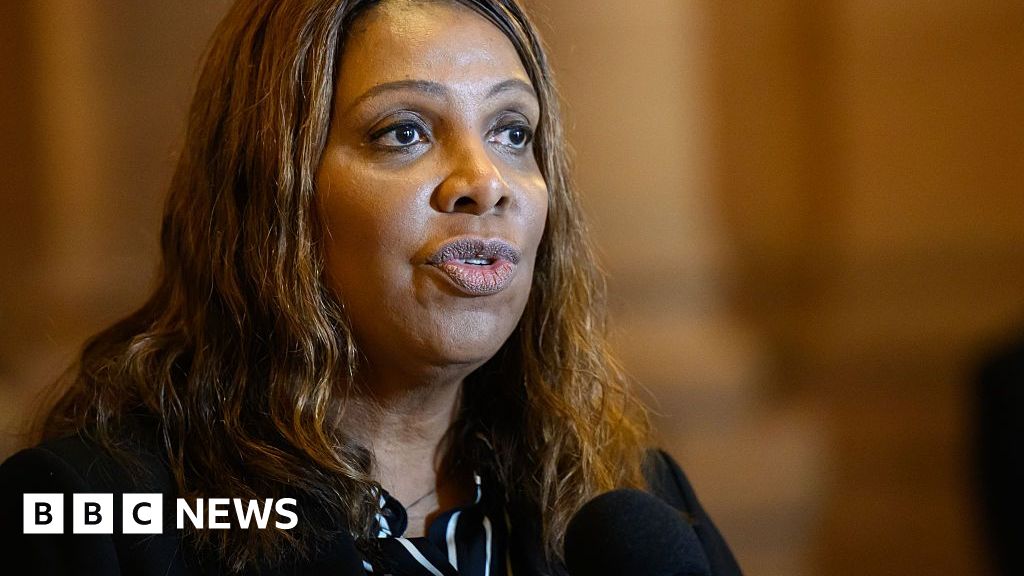
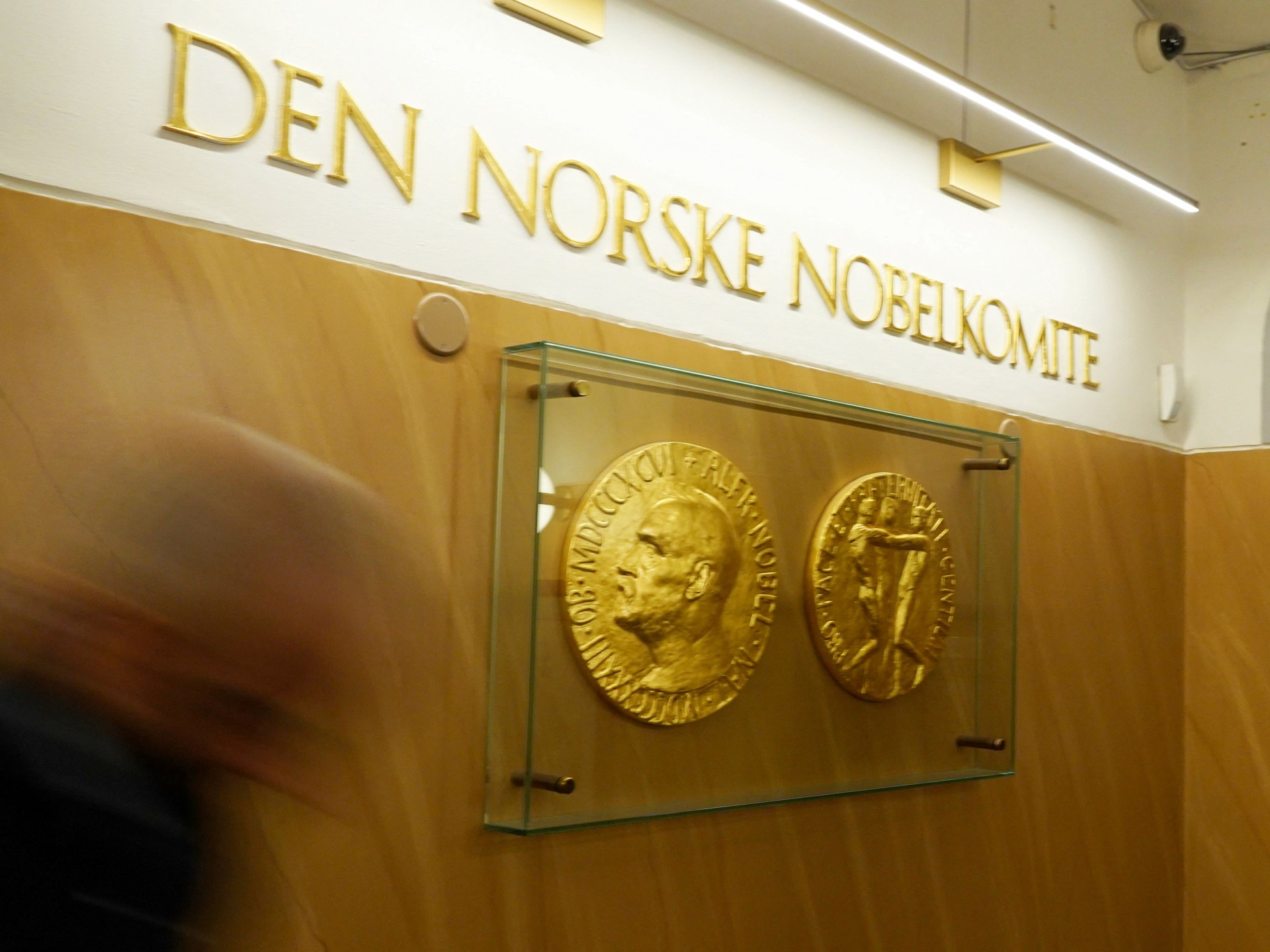
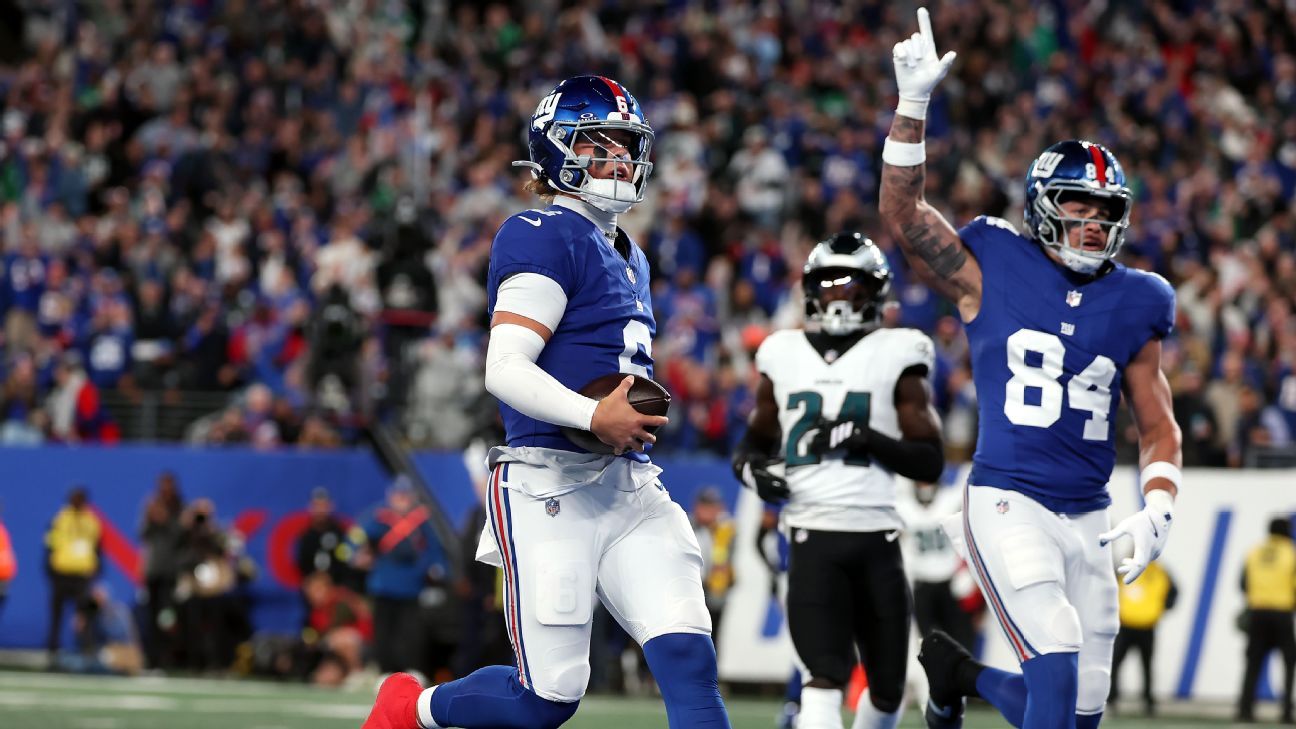
Leave a Reply